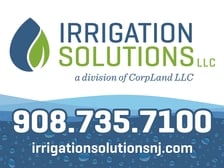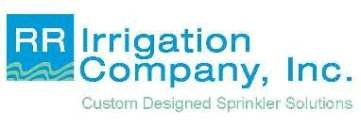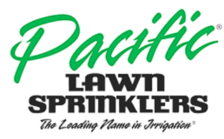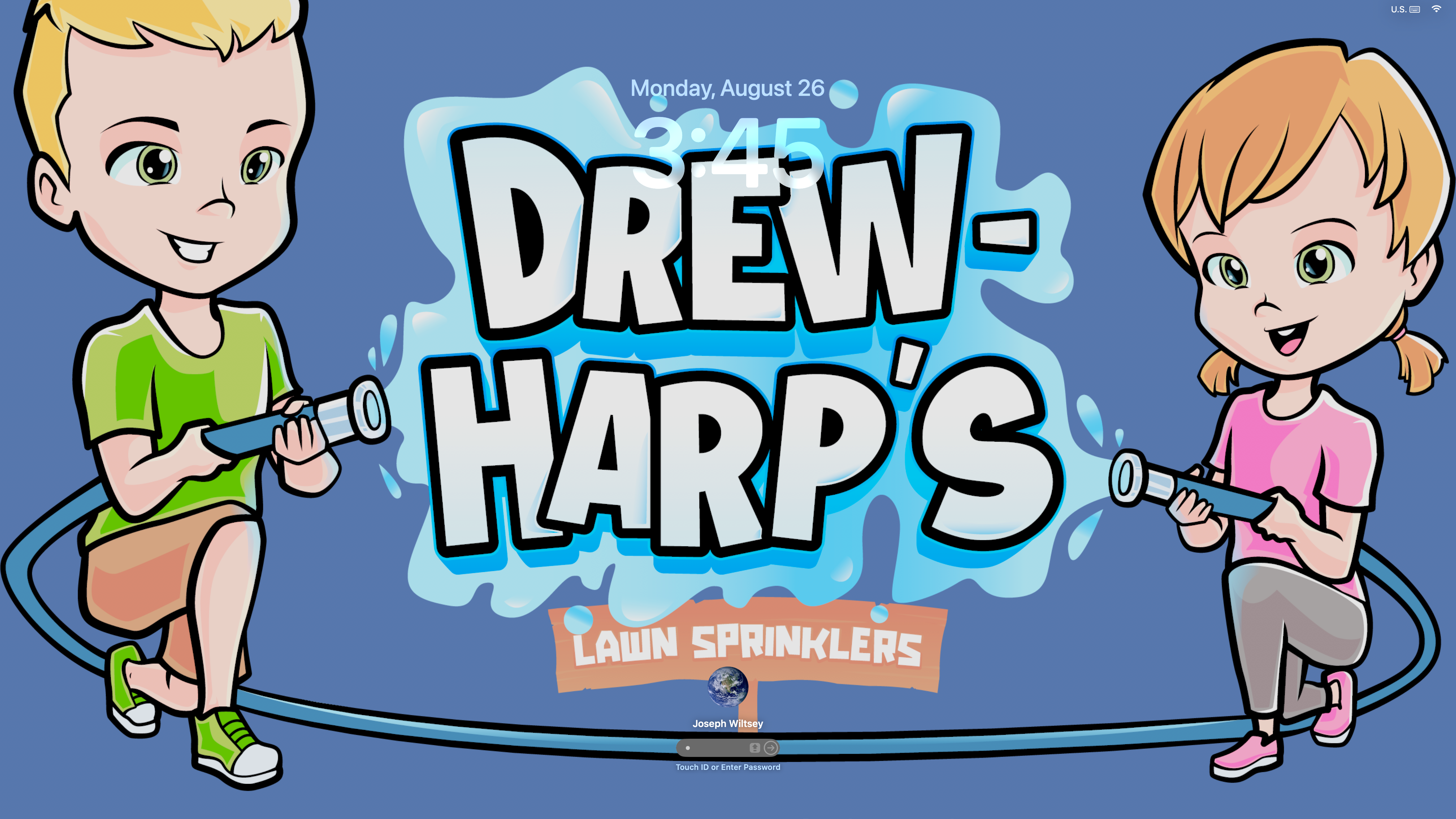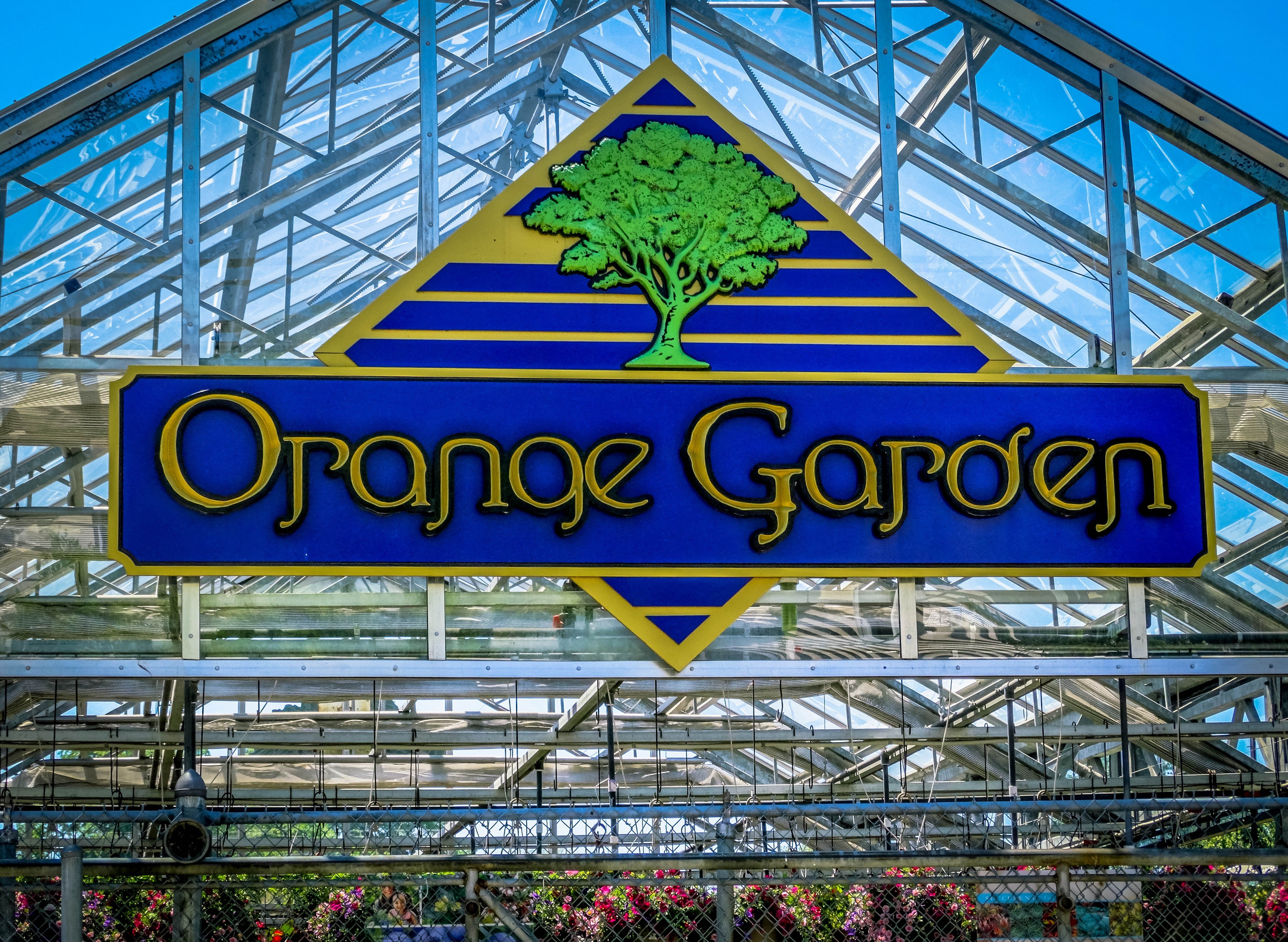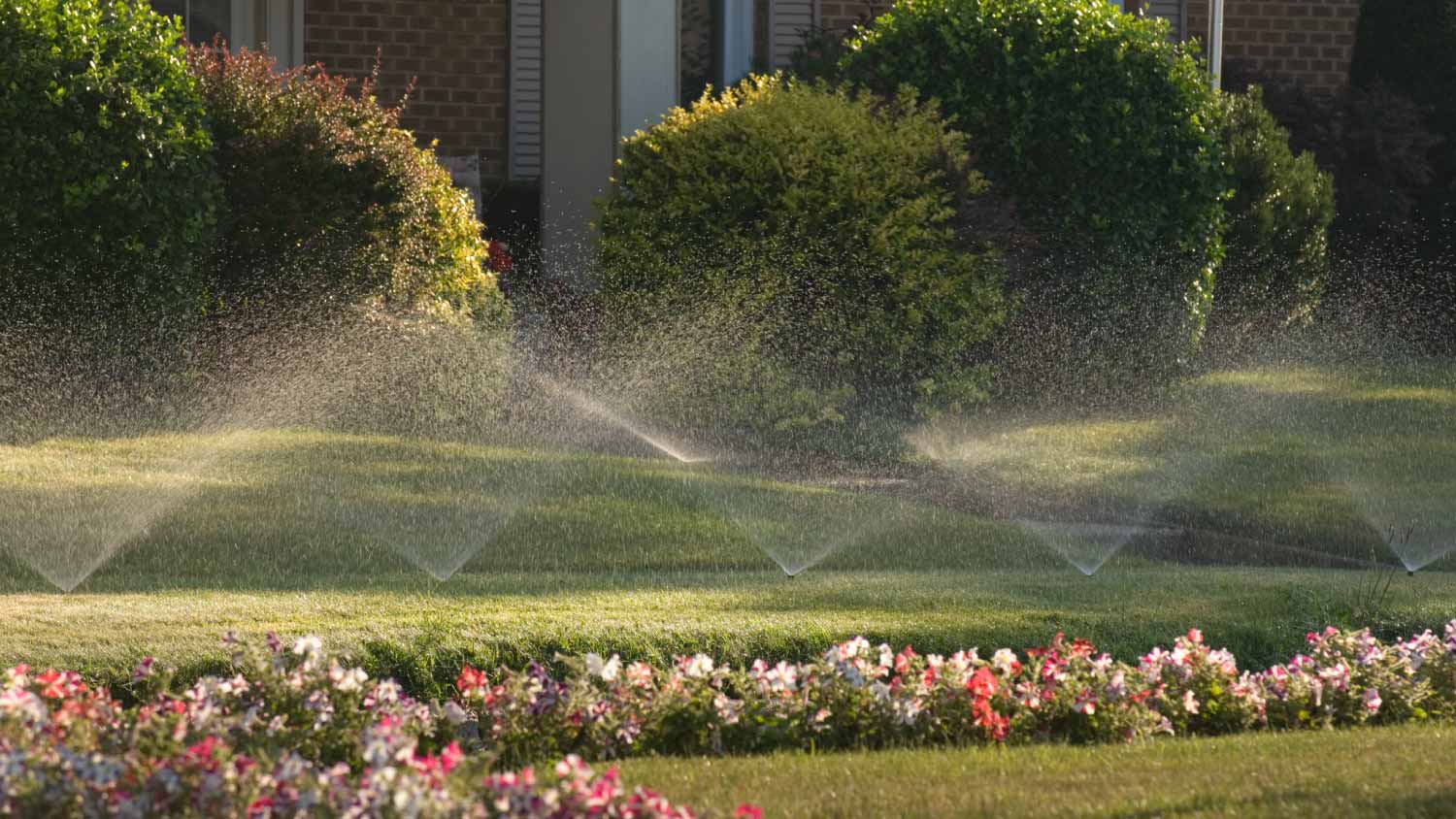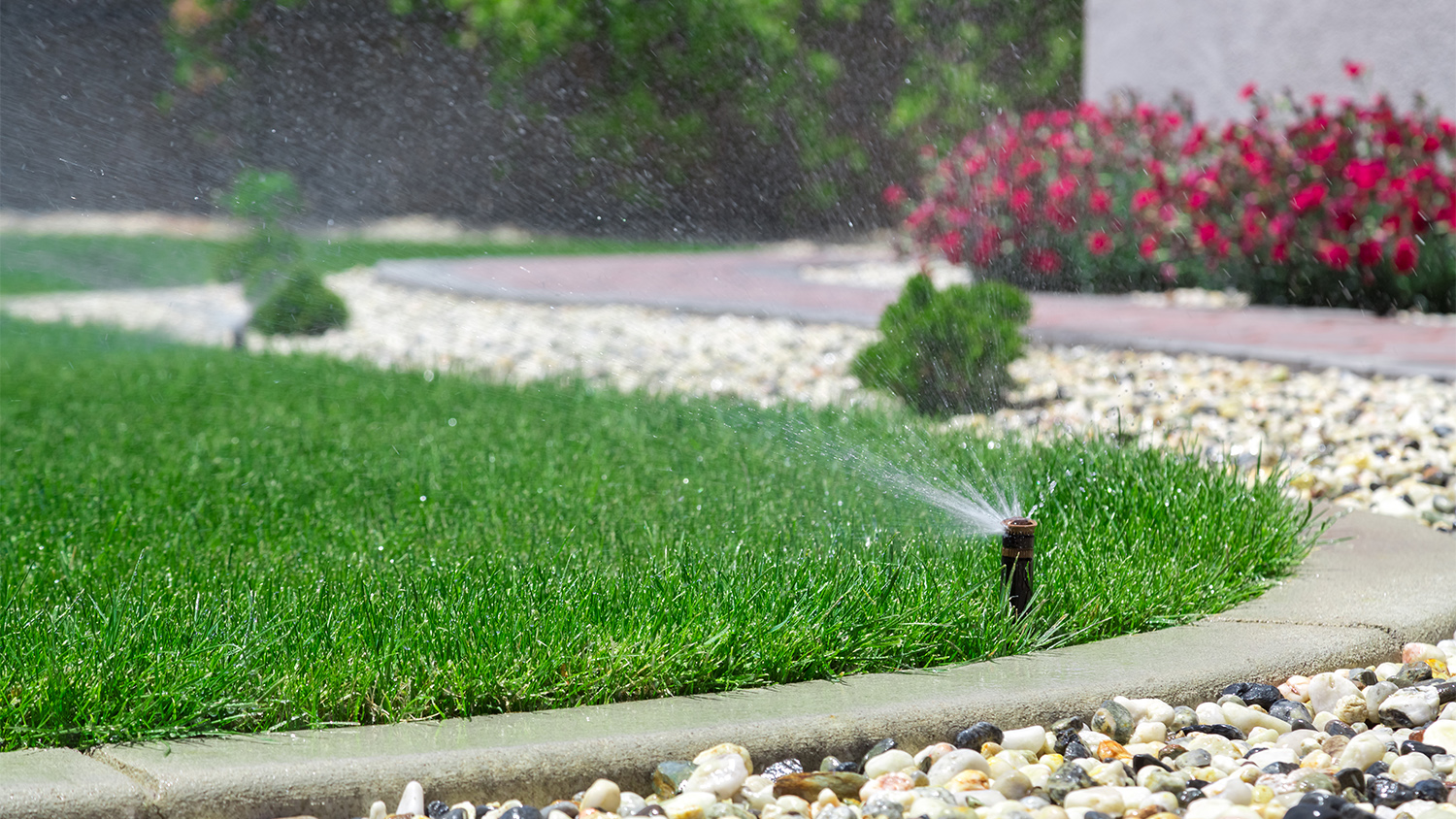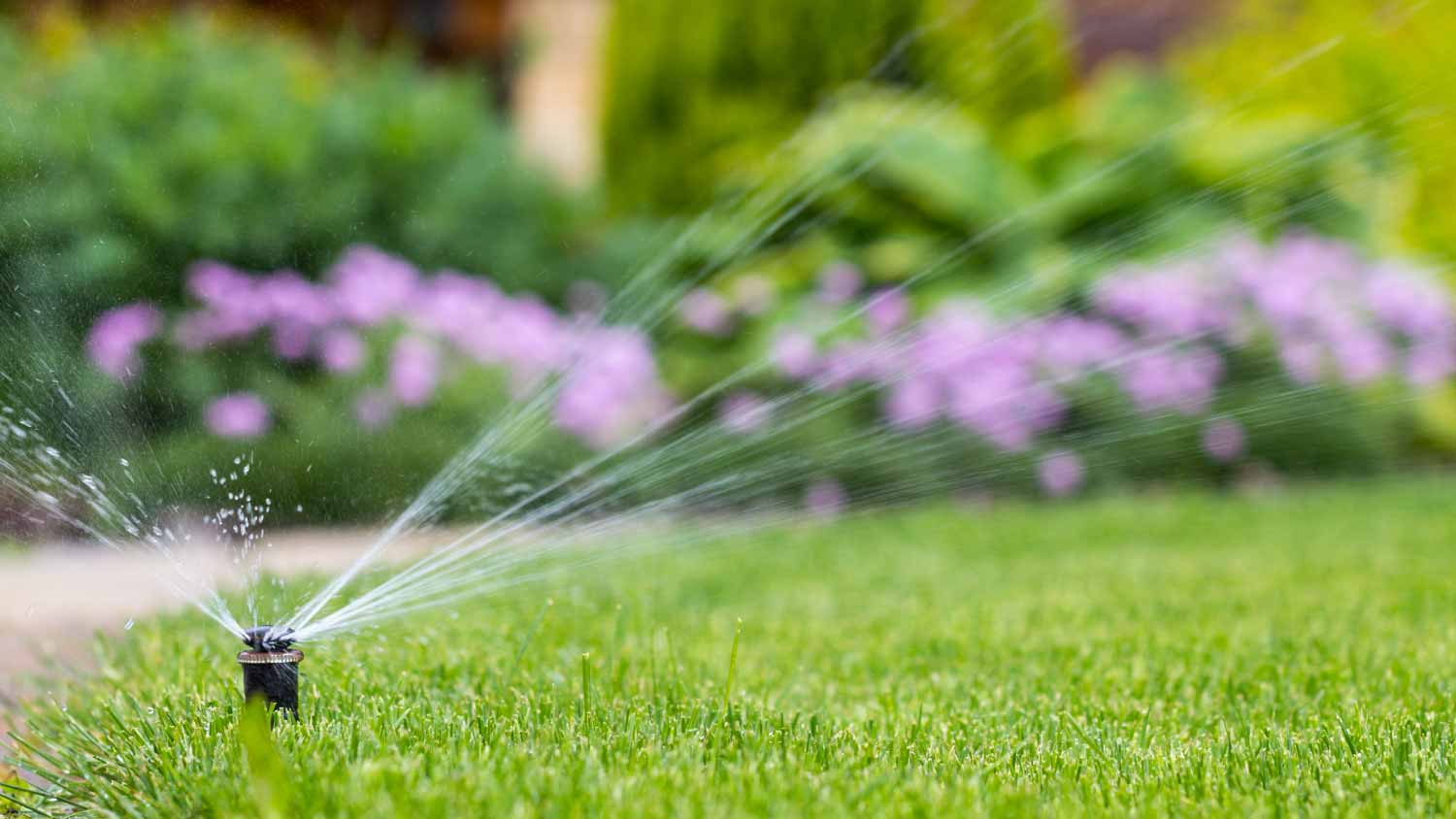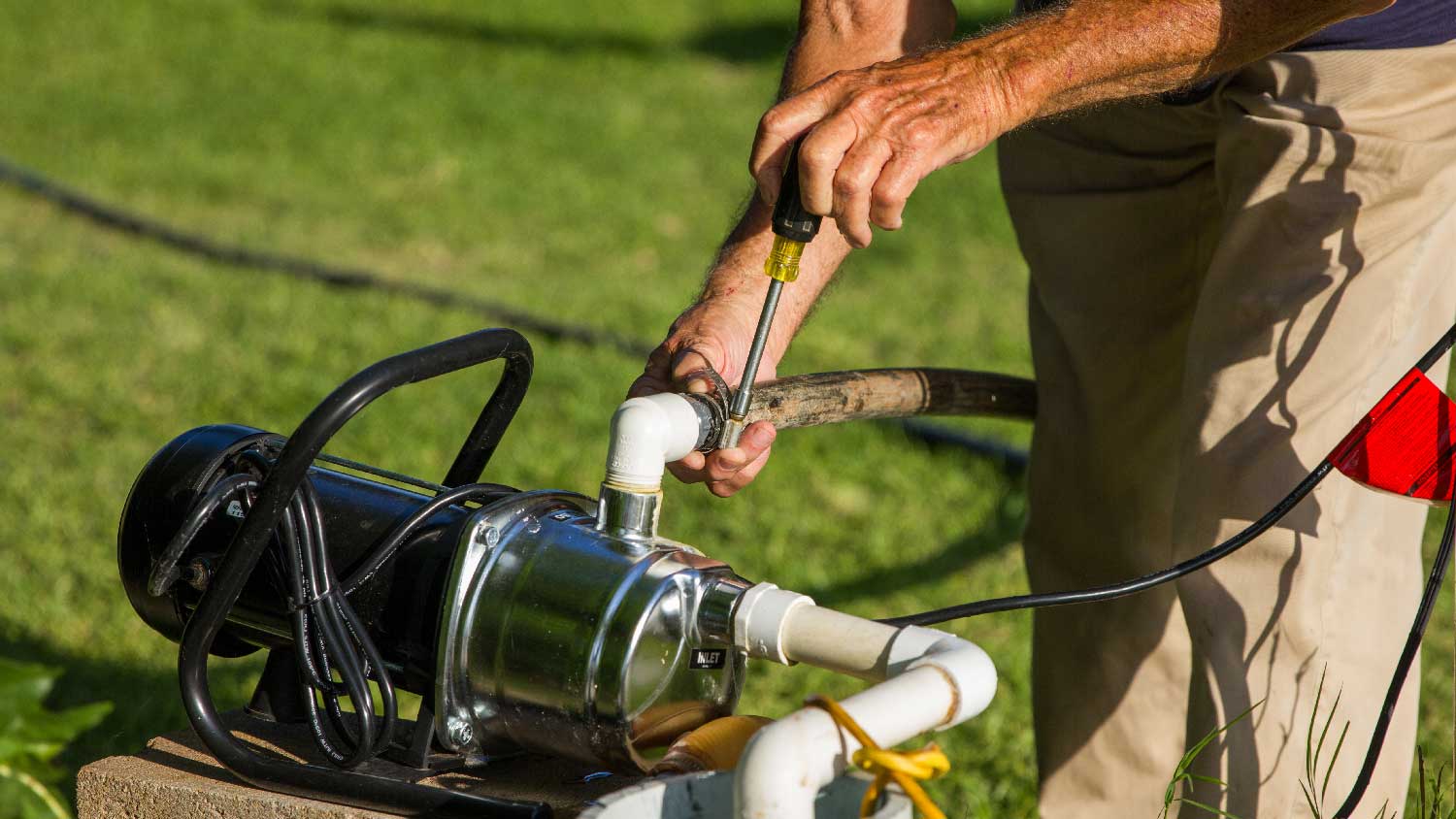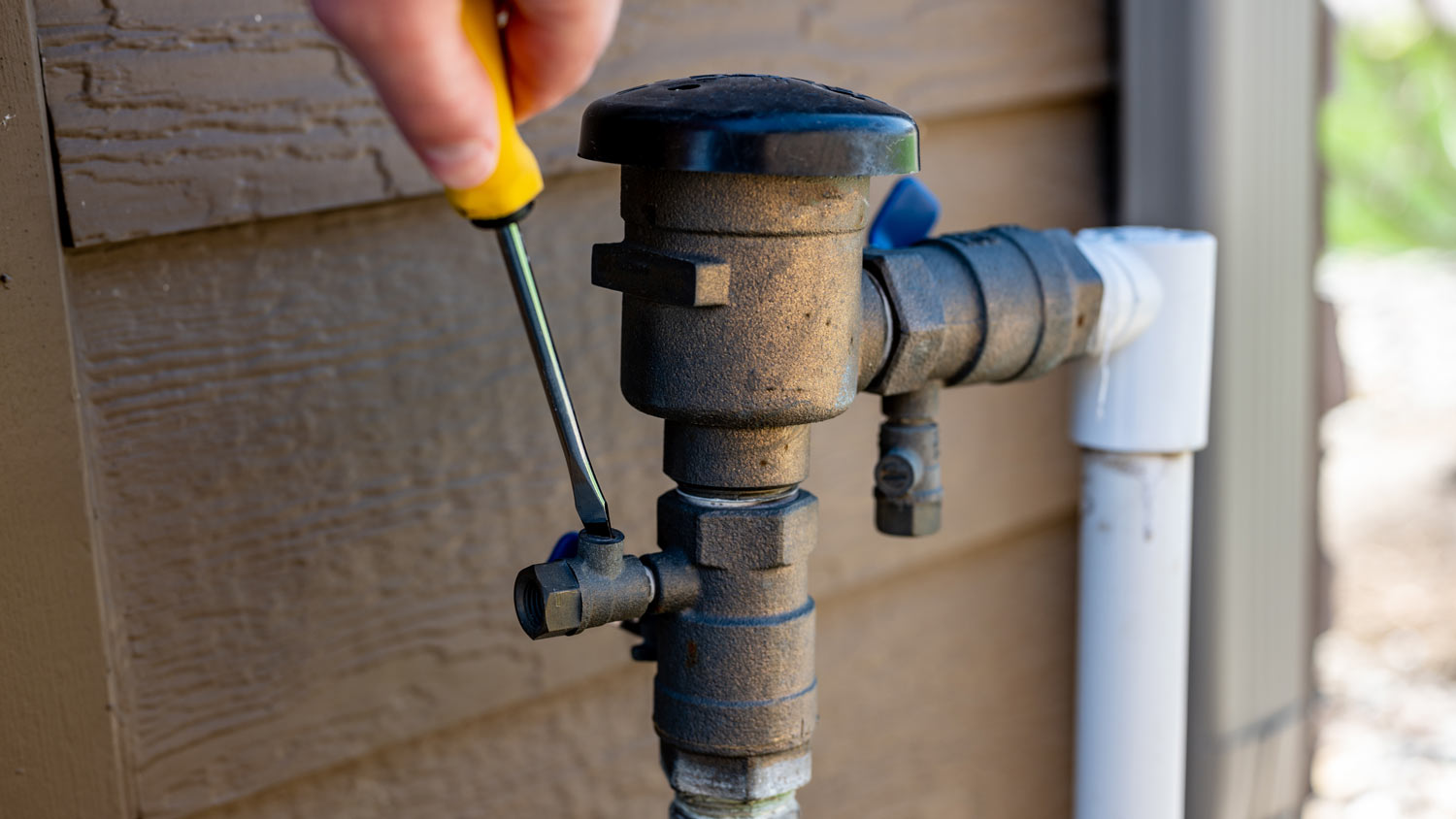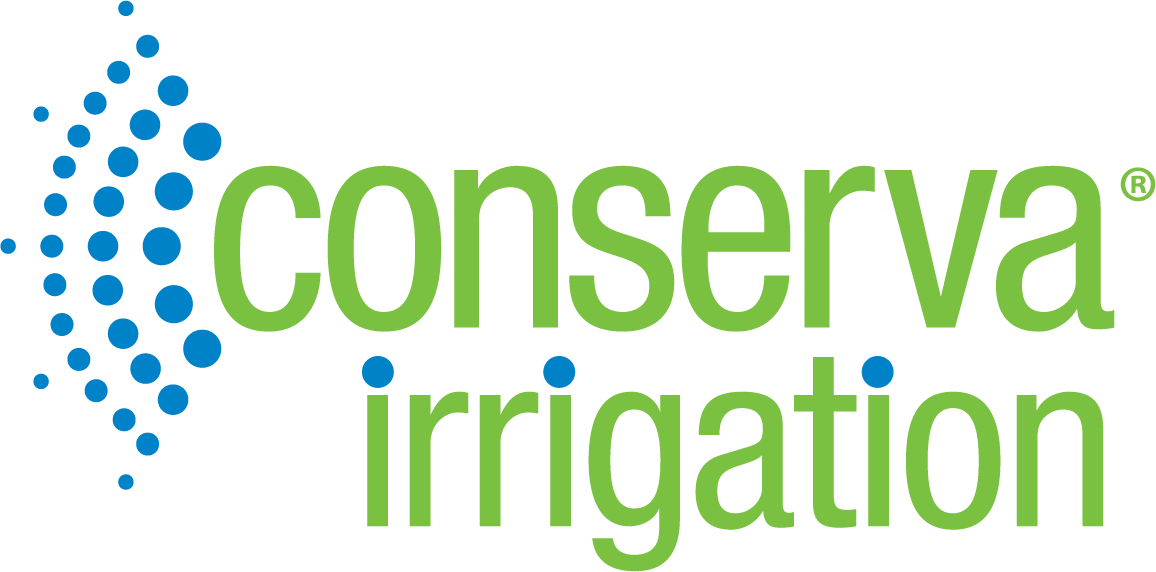
Conserva Irrigation of Central New Jersey
Conserva Irrigation of Central New Jersey
Conserva Irrigation is the only irrigation company founded on the idea of conserving water. We provide professional and responsible irrigation installation, repair and maintenance services. Using smart technology, our irrigation clients save water and money.
Conserva Irrigation is the only irrigation company founded on the idea of conserving water. We provide professional and responsible irrigation installation, repair and maintenance services. Using smart technology, our irrigation clients save water and money.



